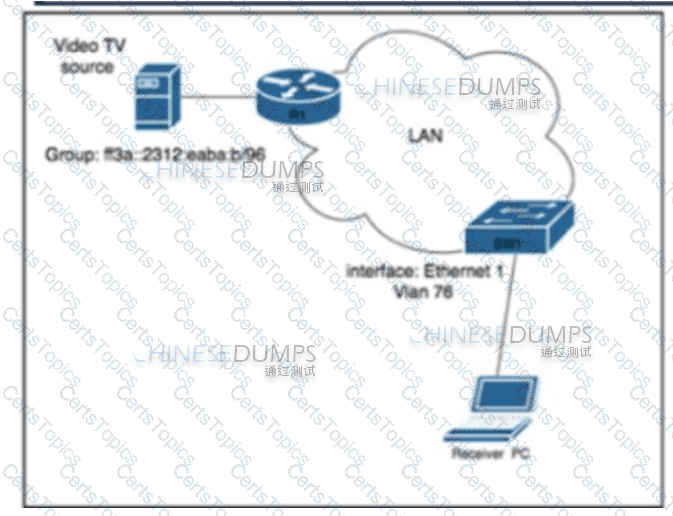Cisco Related Exams
350-501 Exam







The Cisco 350-501 exam delves into various areas, including:
The Cisco 350-501 and 300-515 exams are both part of the CCNP Service Provider certification track, but they focus on different areas of expertise:
Refer the exhibit.

Users on a network connected to router R3 report slow speeds when they connect to the server connected to R2. After analyzing traffic on the network, a network engineer identified congestion on the link between R2 and R3 as the cause. Which QoS service must the engineer implement to drop traffic on the link when it exceeds a configured threshold?
 l
l
Refer to the exhibit. A network engineer working for a telecommunication company with an employee ID: 4602:62:646 is configuring security controls for the IPv6 multicast group, which is used for video TV. The solution from the engineer should reduce network usage and minimize the leave latency for the user that is connected to VLAN 76. Which two configurations meet this goal? (Choose two.)
A)

B)

C)

D)

E)

Refer to me exhibit.

Refer to the exhibit. A network engineer notices PE-21 convergence degradation due to the growing LSDB size of Level 2 areas in the network. The engineer decides to migrate router PE-21 from an inter-area design to an intra-area implementation. Inter-area routing must be accomplished via an ATT-bit set by the Level 1/Level 2 router. Which configuration must the engineer implement on PE-21 to complete the migration?